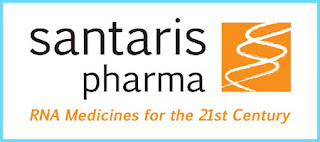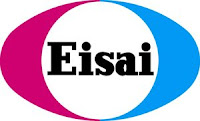Trials begin on hepatitis C drug

The first human clinical trials have started on a new drug developed to treat infections caused by the hepatitis C virus.
The medication, taken orally, was first prepared at the Welsh School of Pharmacy at Cardiff University in 2008.
Laboratory tests showed it killed 90% of the virus at very low concentration.
Trials in healthy volunteers to assess the drug's safety are being held before its effectiveness on patients is tested in trials next year.
Approximately 170m people around the world are affected by hepatitis C, which can lead to liver cancer and cirrhosis and can be fatal.
It is the leading cause of liver transplantation in western countries.
The current treatment involves two drugs - ribavirin and interferon, which has to be given as an injection.
Side effects are often severe and lead to patients failing to complete the treatment.
However, researchers at the university believe the new drug, INX-189, is one of the most potent of its kind developed to date.
US pharmaceutical company Inhibitex, which owns the licence to INX-189 and has been working with the Cardiff team, is running the trials.
'Encouraging progress'
Professor Chris McGuigan, of the Welsh School of Pharmacy, who is the academic lead on the project, said the trials were in a "a very early stage".
"However, progress has been encouraging so far, going from the laboratory to human trials within 18 months.
"We believe that INX-189 offers the possibility of more potency against hepatitis, more rapid action in the liver, and fewer side effects than existing treatments."
Cardiff University and Inhibitex filed a patent on INX-189 earlier this year. It has been cleared for human clinical trials by the Food and Drug Administration in the US.
read more» Read more...


















